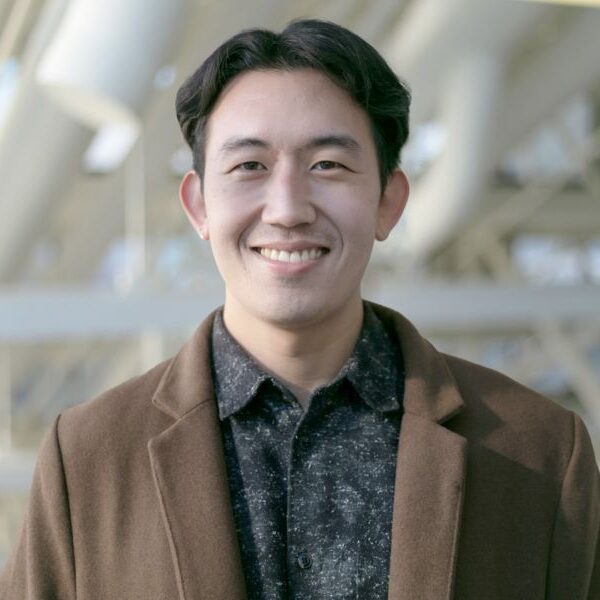Jonathan Lee, MUP/MPH ’23 (he/him/his) is currently an MPH-65 student in the Department of Social and Behavioral Sciences, also working on a dual degree in Urban Planning at the Harvard Graduate School of Design. He is particularly interested in investigating the built environment as a determinant of health and how we can improve population health by incorporating tools from urban planning and design. Lee was awarded the Rose Service Learning Fellowship this past summer to pursue a practicum experience on this topic. Prior to joining Harvard, he worked as a housing navigator/case manager in Los Angeles for youth experiencing homelessness.
As a Rose Service Learning Fellow, you worked with the Allston Brighton Health Collaborative this past summer. Could you tell us more about your project “Transportation Planning for Healthy Allston-Brighton”?
This project focused on engaging with the residents of Allston-Brighton to plan for a healthy and equitable neighborhood development, particularly around transportation and mobility. In recent years, the neighborhood has been seeing a rapid increase in the amount of development and re-development activity. Some of this re-development is needed, as buildings and infrastructure has aged quite a bit, but unchecked development is also fueling increasing housing costs and displacement.
Many times, community voices are requested in the development process during community meetings where the developers, planners and architects present their ideas in an open forum. These forums are often filled with technical jargon and can be very inaccessible for many. Through my summer project, I’ve been able develop a toolkit that can guide residents through this complicated process. Using this toolkit, anyone will be able to participate in the public review of development projects and ask for what they want to see in their neighborhood with more ease.
Why is planning for healthy and equitable neighborhood developments important to you?
Selfishly, I want to live in a place that is healthy, joyful, and sustainable. I want my friends and family to be able to do the same, but this wish ultimately extends to everyone on this planet. With the increased risk in climate disasters, we are living in a time when our built environment is at a critical turning point in both how it can keep us safe but also stop contributing to worsening climate change. We also have to think about how historically and currently, our city planning processes have contributed to the oppression and marginalization of whole segments of our society. I believe the built environment is a key component of our daily lives that we do/could/should have a lot of control over that also greatly impacts our health, since it affects many of our default choices in life, including where to get food, how to get places, the air quality and so on.

Master in Urban Planning and Master in Public Health
The MUP/MPH dual degree program is a unique experience where you are pursuing both a Master in Urban Planning at the Harvard Graduate School of Design and a Master in Public Health at the Harvard Chan School. What has challenged you the most being a student in two different programs?
I found it both challenging and invigorating to be placed in such different academic disciplines. In some schools, urban planning and public health are approached from similar academic roots but here at Harvard, the two programs come from very distinct lineages: medical science and design. At times it was difficult trying to cohesively understand what I’m learning in each of the schools, but those times have been the most fulfilling and stimulating. I’ve found that the methods, language, and tools from both disciplines to be incredibly rich and powerful in their own ways, and I’m slowly learning how I can incorporate them in my own research and practice.
What excites you the most about the 2022-23 academic year?
I’m finally at my last year of my dual-degree program, which means I’ve finally received the basic educational training from both schools. This year, I’ll be able to use what I’ve learned in the past two years from both schools to think more creatively and critically about my own interests. I’m also excited to continue to work with the community partners that I’ve met and continue my education from outside the classroom as well.
Connect with Jonathan Lee on LinkedIn.




